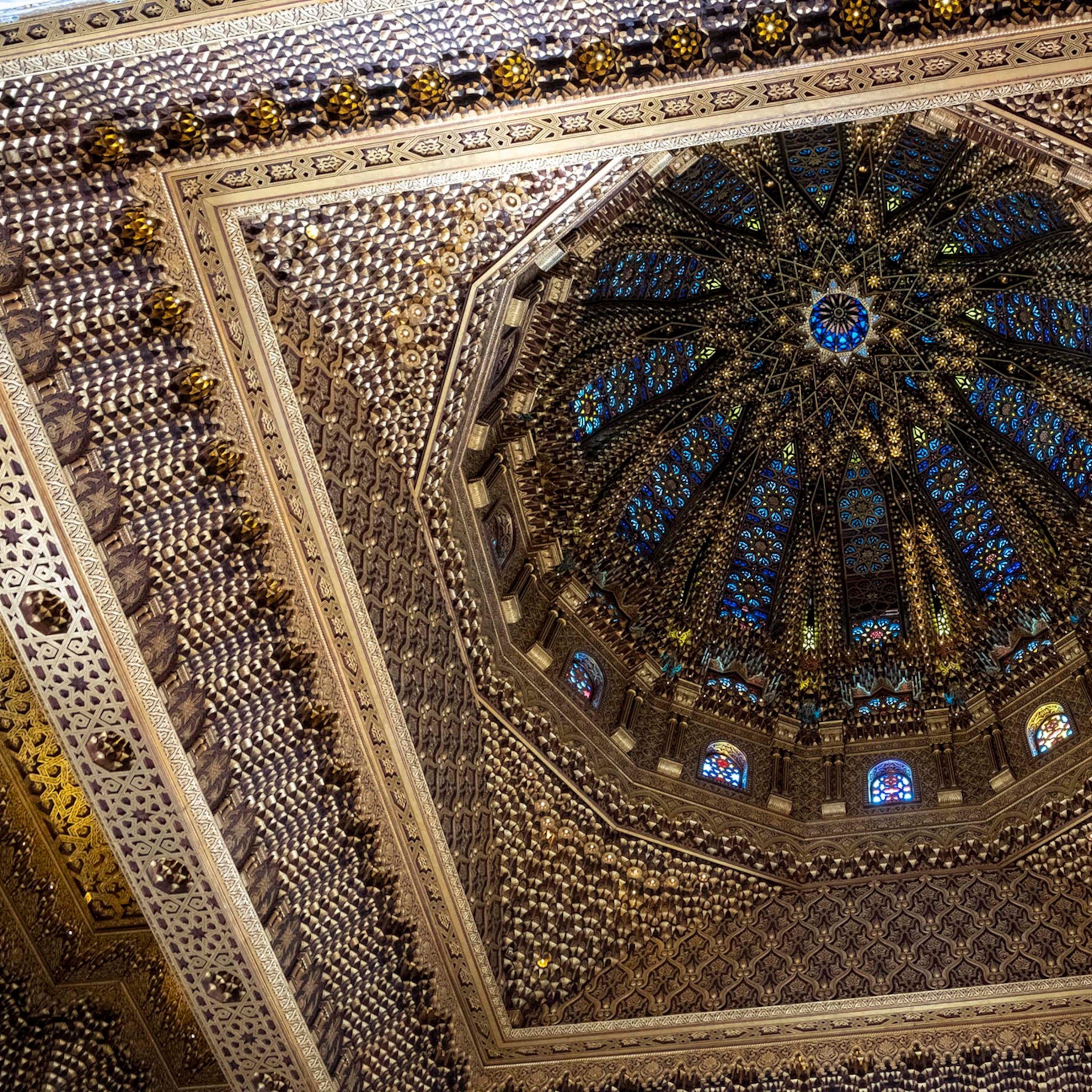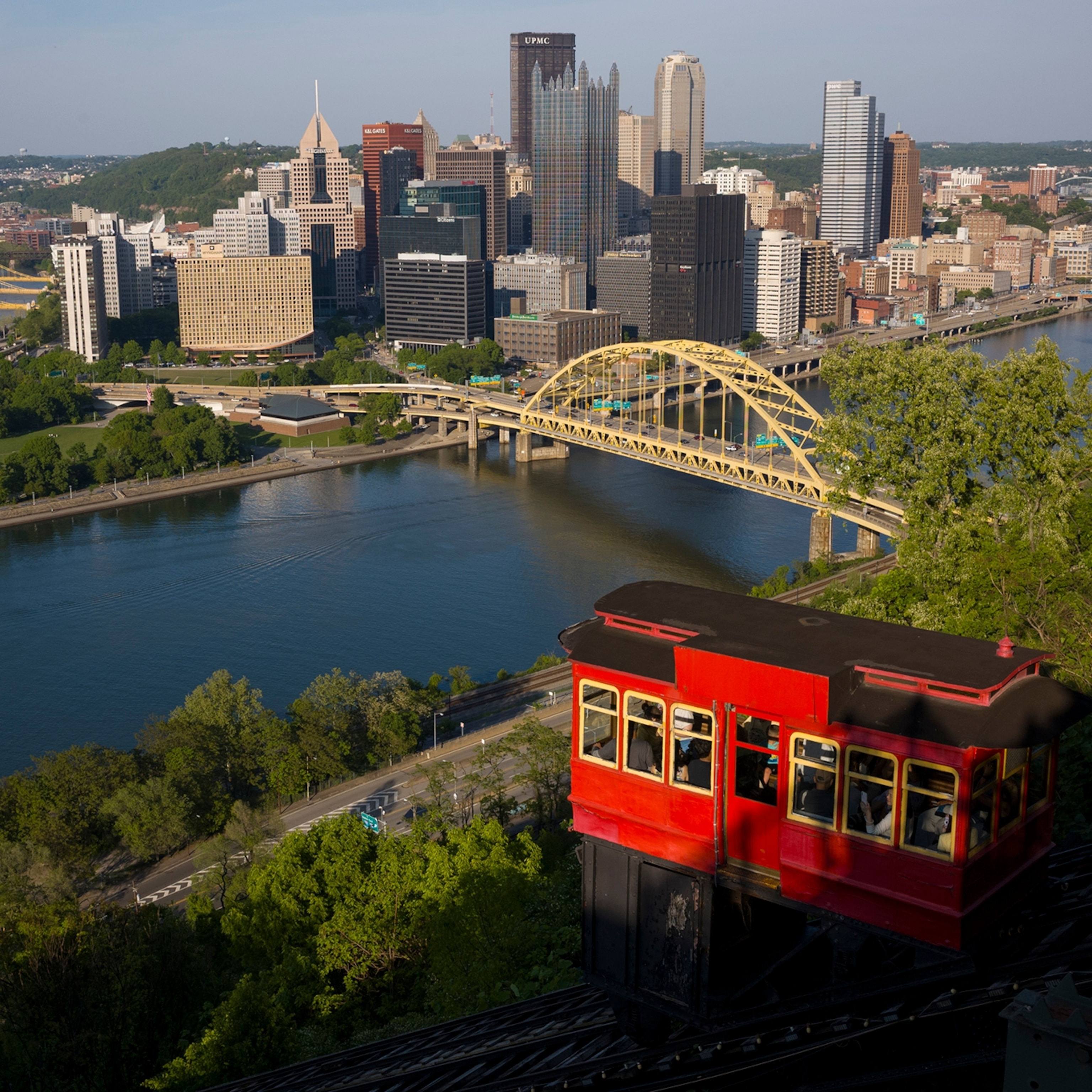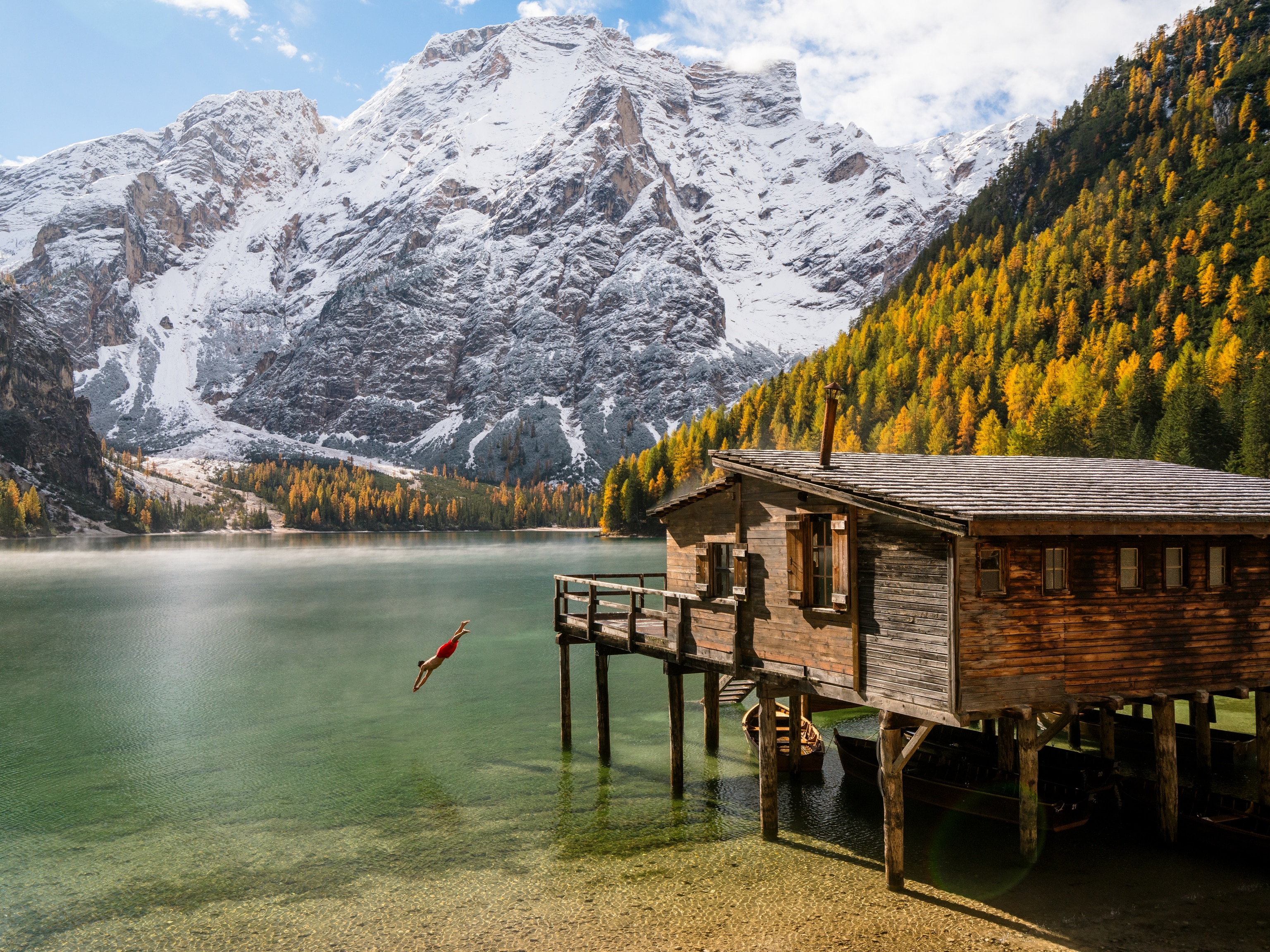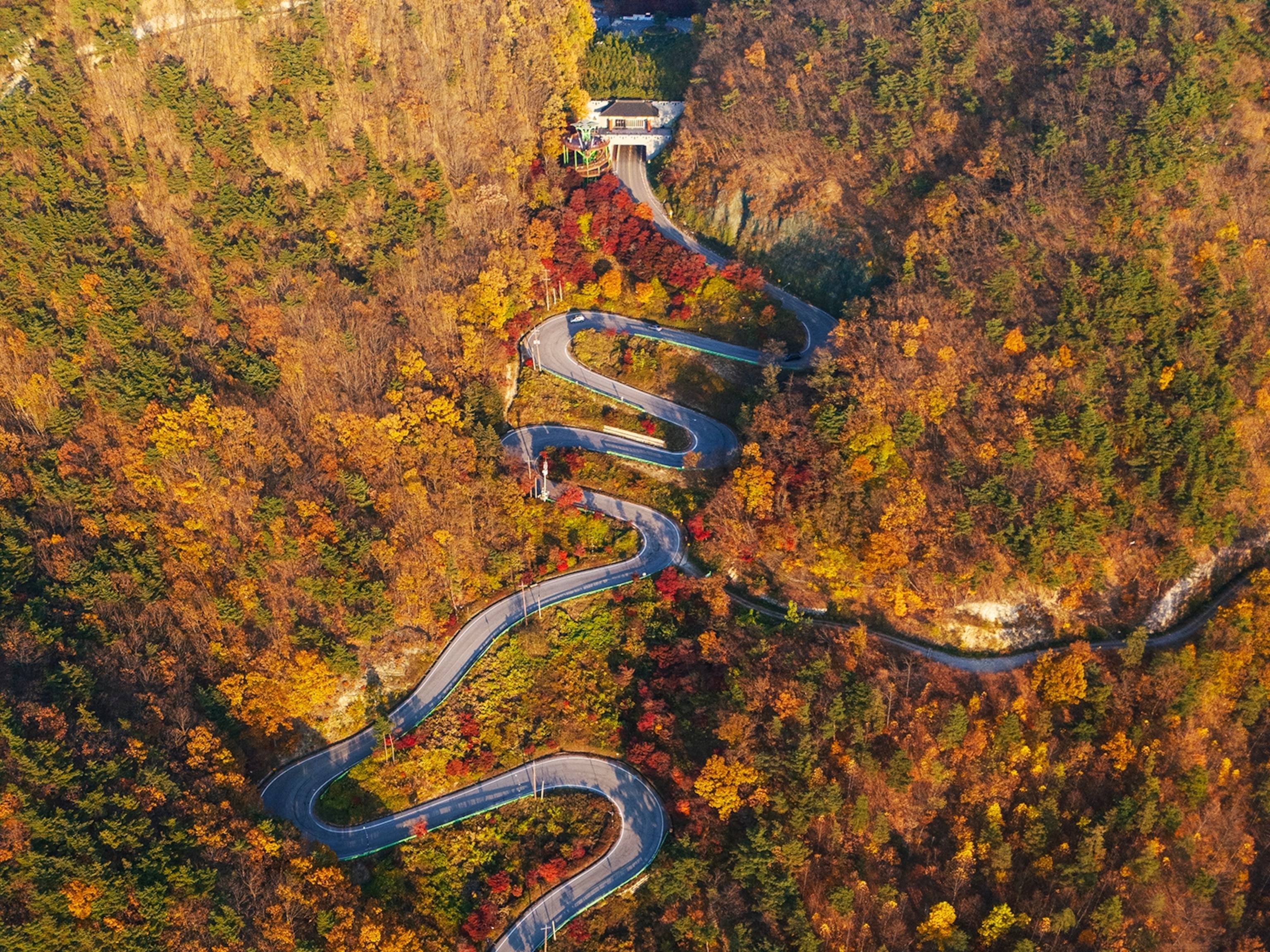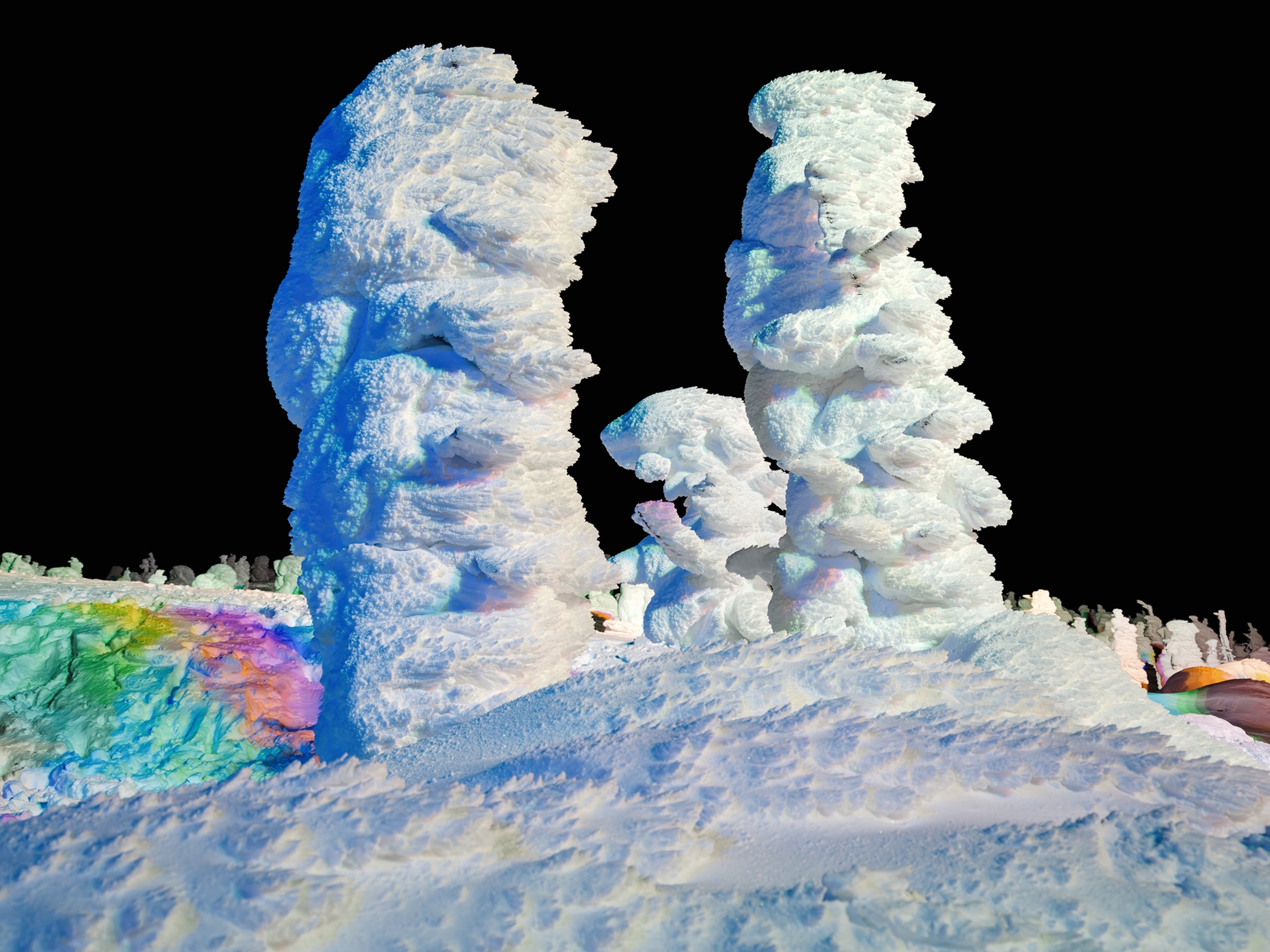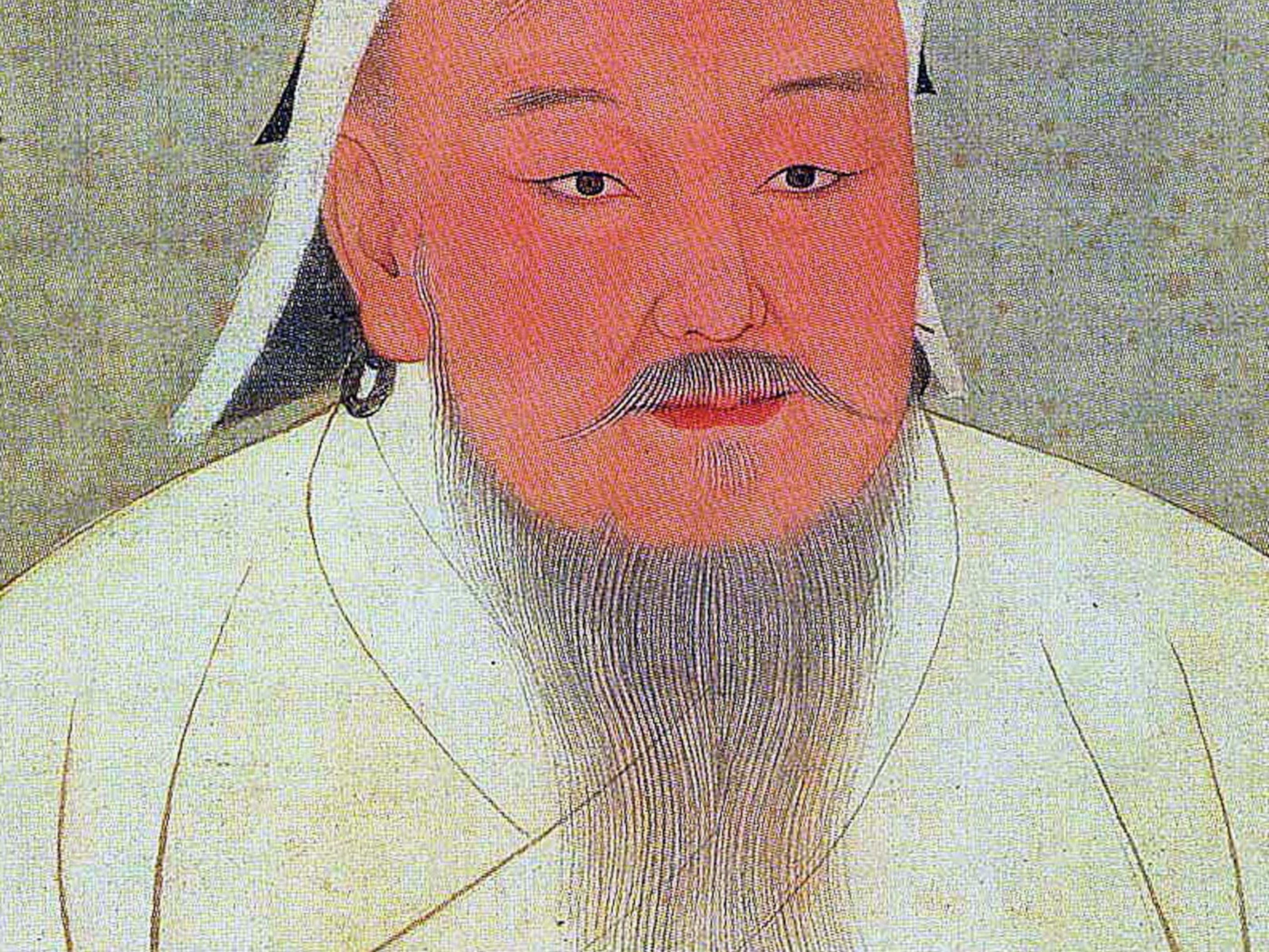How to experience the real Beijing in 2026—a city of constant reinvention
The city that has reinvented itself across dynasties has no shortage of new must-see attractions in 2026. Here’s how to see the best of Beijing, from the Forbidden City to its hidden courtyards and alleyways.

Beijing’s story is a long arc of transformation—a city that has reinvented itself across dynasties and decades, transforming from an imperial capital to a global metropolis. Beijing has sometimes fought for its image, but anyone who has spent time here knows that the city’s appeal doesn’t lie in a flashy skyline or international influence, but rather in its unassuming corner restaurants where hardworking chefs dish up specialities from every part of the country, and in hutong alleyways where resting bicycles and hidden courtyards center you firmly in the real China.
Once a Mongol stronghold known as Dadu, Beijing became the Ming dynasty’s capital in 1421, just after the Forbidden City was completed as a symbol of absolute imperial authority. The city’s strict grid layout—still used today—was devised under Kublai Khan in 1271 and refined by Ming planners, with remnants of the old city wall and gates still visible in neighborhoods like Deshengmen and Chongwenmen.
In 2026, the Beijing Central Axis—a nearly five-mile strip of imperial and ceremonial buildings and gardens—is a recent addition to UNESCO’s World Heritage List, and a new sightseeing bus makes it easier to get a look at the highlights: the Temple of Heaven, Tiananmen Square, the Forbidden City, and the Drum and Bell Towers, all stunning examples of ancient Chinese city planning.
Several previously closed imperial tombs near Changping on Beijing’s outskirts have been renovated and will open to the public for the first time, and a new hiking trail and fleet of green-energy buses are leading Beijing forward with its eyes on a sustainable future.
(See all 25 destinations that made our list of the best places to visit in 2026.)
What to do
Forbidden City and Palace Museum: Beijing’s top historic attraction is the Forbidden City—the imposing, red-walled former residence of the emperor, which now houses the Palace Museum’s collection. To reach it, you must walk through vast Tiananmen Square, past the portrait and mausoleum of Mao Zedong, who still lies in state at its southern end.
Temple of Heaven: The prayer hall of emperors, the Temple of Heaven was built in 1420 under the Ming dynasty as a ritual site for annual ceremonies during which the emperor would communicate with the divine, asking for bountiful harvests and favorable conditions for the nation. Today, the surrounding park has also become a gathering place for locals to play cards, dance, and practice qigong under the old cypress trees.
Summer Palace: This former royal retreat was built around Kunming Lake and served as a cool escape for the emperor and his entourage during Beijing’s hottest months. Its hills, causeways, and shady pavilions still offer a welcome respite from Beijing’s busy streets. Take a walk through the Long Corridor, where thousands of painted panels depict scenes from literature and mythology. You might spot locals practicing calligraphy by drawing on the ground with water.
Great Wall: Stretching some 13,000 miles across northern China, the Great Wall is the country’s most storied architectural feature and a world wonder. Some of the most popular sections drape across the mountains north of Beijing in varying states of preservation. Located within the city, the Mutianyu and Juyongguan sections of the wall have joined Badaling and Simatai in holding warm-weather after-dark tours, with spectacular illuminations.

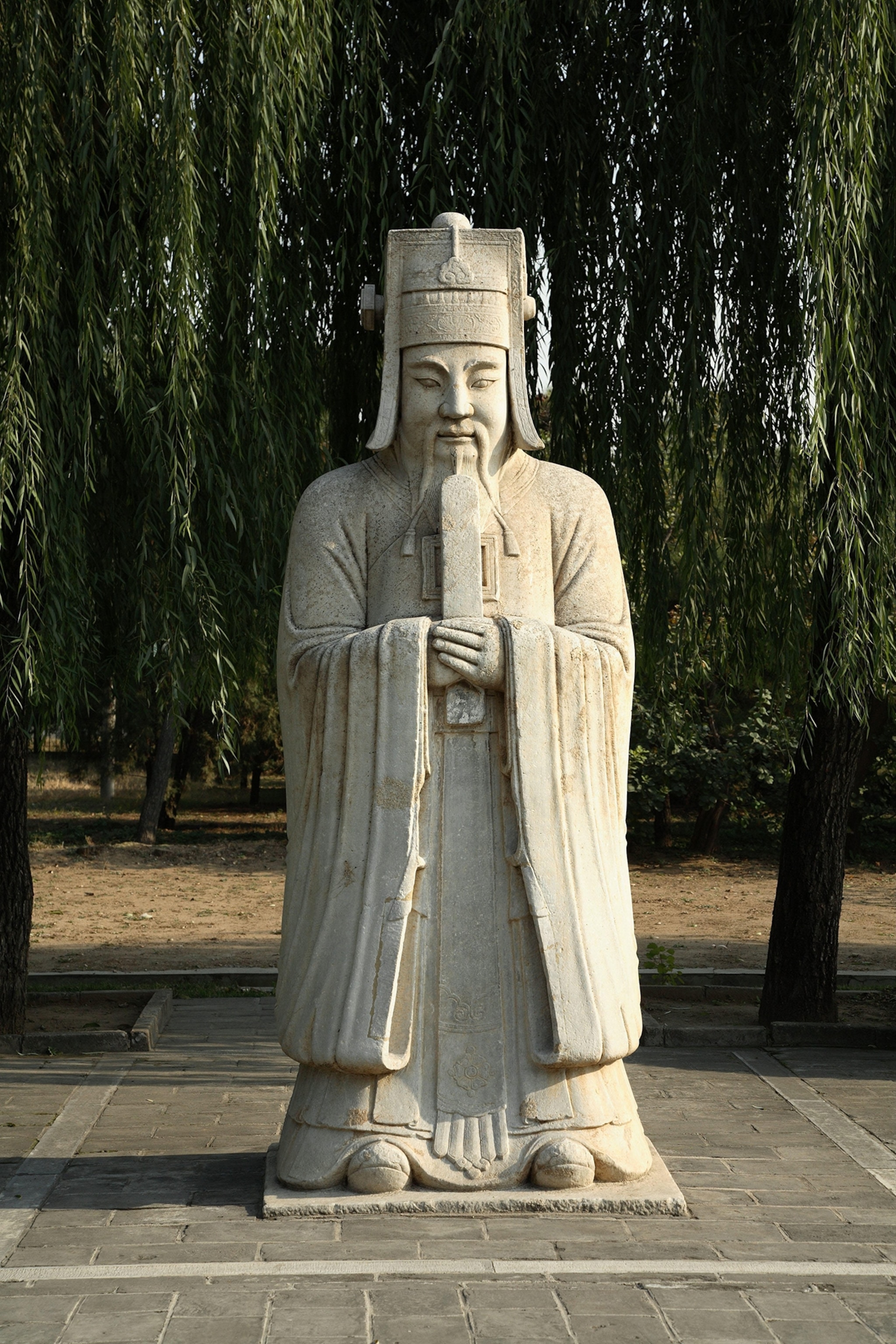
Imperial Tombs: The UNESCO-listed Imperial Tombs house the mausoleums of the Ming emperors around 30 miles northwest of Beijing, near Changping. The interiors of the tombs are more like burial palaces with court chambers and royal sarcophagi adorned with statues and figurines of animals and important officials. In 2026, several previously closed tombs will be restored and open for the first time.
Contemporary art: Beijing’s contemporary art scene is anchored at the 798 Art District—a renovated Soviet-style factory where galleries fill repurposed warehouses. The newest addition, the IOMA Green Art Center, blends old and new with nature, including a striking, translucent metal facade out of which trees appear to grow. Meanwhile, prominent contemporary gallery M Woods is moving to a new location on Chaoyangmen Inner Street, into a 1921 heritage building designed by George Bouillard, chief engineer of the Pinghan Railway.
Zhoukoudian Peking Man Site: A new hiking route, the Xishan Peak Scenic Forest Trail, connects the sites at Zhoukoudian, where the fossils of Peking Man—our ancient primate ancestor—were discovered. The signposted hiking path travels over a series of limestone hills, between caves and fissures where Homo erectus lived 700,000 years ago. The trail connects up six newly built platforms that provide wide-open views of Beijing on a clear day.
Hutongs: Narrow alleys formed by lines of courtyard homes, Beijing’s hutongs were first laid out during the Yuan dynasty as part of the city’s grid-like imperial plan. Many still reflect historical urban life, with preserved areas like Nanluoguxiang and Yandai Xiejie offering glimpses into the city’s layered social history. Renovations to several streets in the last decade have created busy shopping and street-food areas and have become some of Beijing’s most walkable areas.
When to go
For good weather, spring and autumn are the best times to visit, although dust storms are common in March and April. Summers can be blisteringly hot and, in the winter, temperatures drop well below zero (though a snowy visit to the Great Wall is romantic). Avoid traveling during busy holidays like Spring Festival in February, Tomb Sweeping Festival in April, and the week-long public holidays in May and October.
Where to eat
Da Dong Roast Duck: There’s an ongoing debate about which restaurant serves the best roast duck—Beijing’s namesake dish since the Yuan dynasty—but Da Dong is always a solid choice. Since opening in 1985, they have been serving their signature duck, roasted in a special round oven until the skin is crispy and the meat is juicy, then wrapped in a delicate pancake.
Mansion Cuisine by Jingyan: Set in a renovated siheyuan (courtyard home), this Michelin-starred restaurant serves imperial Beijing dishes rendered with contemporary style, including Peking duck prepared three different ways, such as with caviar or truffle. Ingredients are selected seasonally and rotate with the lunar calendar.
Baoyuan: This popular dumpling restaurant in Chaoyang serves northeastern-style dumplings in a rainbow of colorful vegetable-dyed wrappers shaped like yuanbao—units of imperial currency. Fillings range from traditional pork to unconventional options like kung pao chicken, and there is a range of vegetarian options, including smoked tofu, egg, and mushroom.
Slow Boat Baitasi Taproom: Slow Boat is one of Beijing’s most popular craft breweries, and its newest taproom occupies a renovated two-story hutong space overlooking Miaoyang Temple’s giant white pagoda. Huge picture windows on the upper floor offer panoramas of the pagoda while you eat Chinese takes on beer food, like spicy fried “ghost chicken,” Guizhou-pepper-rubbed corn on the cob, or the Xicha burger, garnished with pickled dragon beans. Wash it down with one of Slow Boat's house beers—the creamy, citrusy Moon Jelly Double IPA has won multiple beer fest awards.
Where to stay
The Orchid: Set in a refurbished hutong home north of the Drum Tower, the Orchid has just 15 rooms within its vine-draped courtyard, where stone walkways lead through round moon gates, recalling a classical Chinese garden. Each room is unique with natural wood furnishings, cotton linens, hardwood floors, and teak window screens; some also have mezzanine beds. The Orchid’s rooftop restaurant serves Mediterranean cuisine at tables overlooking tiled hutong roofs, and there is also a hidden-away whiskey bar and a bakery.
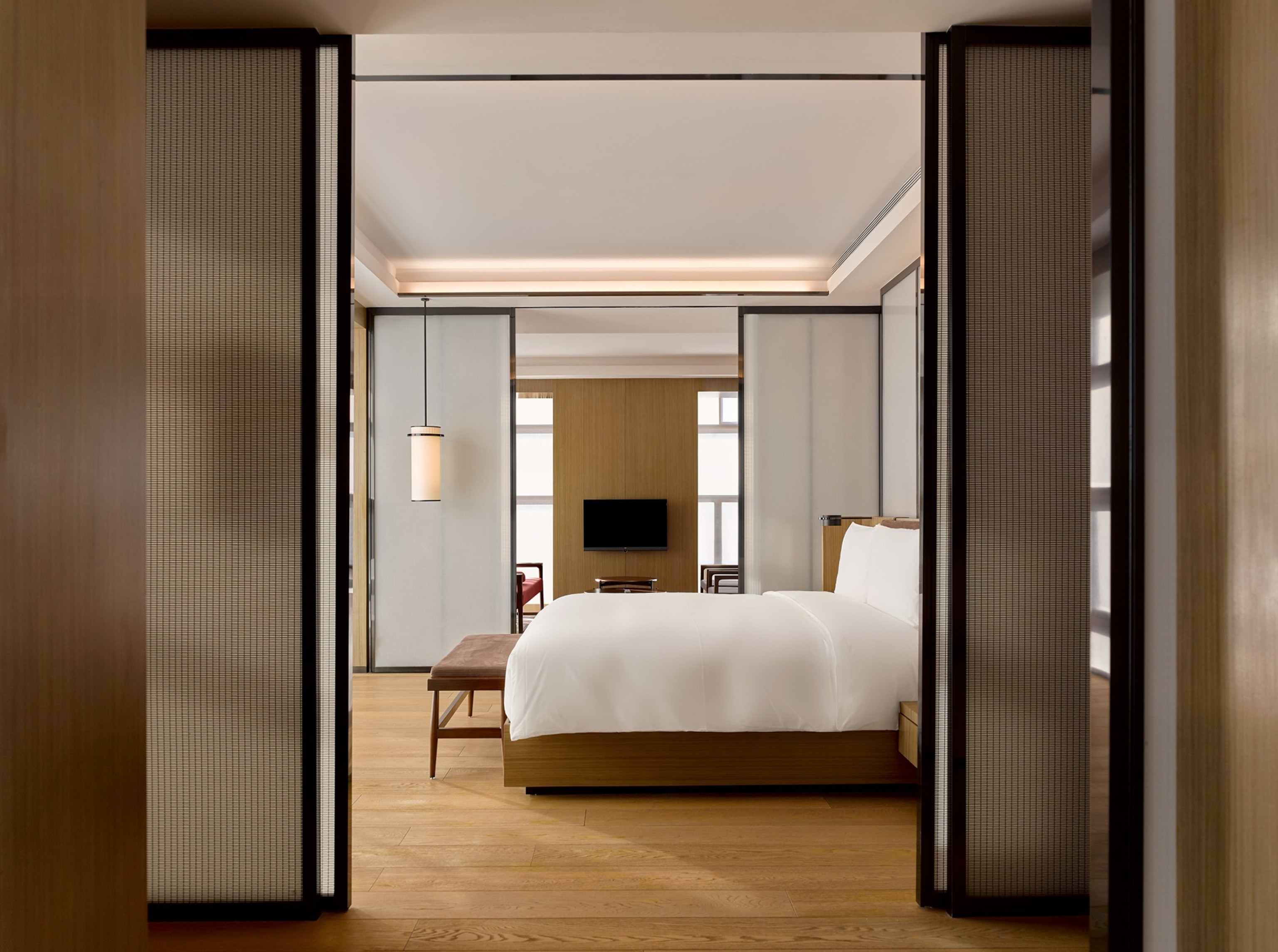
Read and Rest Hotel: This affordable hotel is minimalist and clean, with an enviable location, three minutes’ walk from Beixin Bridge subway station and surrounded by hutong eateries, coffee shops, restaurants, and cafes. As its name suggests, the hotel is themed around magazines and is designed with a calming aesthetic characterized by stone floors, plaster walls, big windows, light wood, and picture windows. There is a library to hang out in with reading nooks and a selection of magazines.
The PuXuan: This luxury hotel is within walking distance of Beijing’s sightseeing core near Tiananmen Square. Rooms range from the simple to large studios and two-bedroom suites with dual-aspect windows overlooking the Forbidden City, all with minimalist, contemporary Asian decor. The spa offers tailored wellness and skincare treatments, and there are several restaurants, including Michelin-starred Fu Chun Ju, which serves elegant Cantonese cuisine.
Getting around
International flights arrive at Beijing Capital (PEK) and Daxing (PKX) airports—Daxing is newer and bigger, but Capital offers the best connections to the city via Airport Express trains. Beijing is well served by its extensive subway system and city buses, including a new hydrogen-powered bus fleet. For tickets, download the Alipay and WeChat apps to generate QR codes you scan at the gate on your phone.
Taxis are affordable and can be hailed at official ranks or via an app. Most people use the ubiquitous local car-hailing app Didi Chuxing. Self-service shared bicycles can be found on every street corner. Extreme traffic and local driver's license regulations make it almost impossible for international visitors to rent a car, but public transport is cheap, safe, clean, and plentiful.
Due to Beijing’s sprawling size, it’s not practical to walk everywhere, but some districts are highly walkable, particularly the atmospheric, low-rise hutong alleyways around the Bell and Drum Towers and the scenic Shichahai neighborhood, with its lakeside parks and nightlife.
